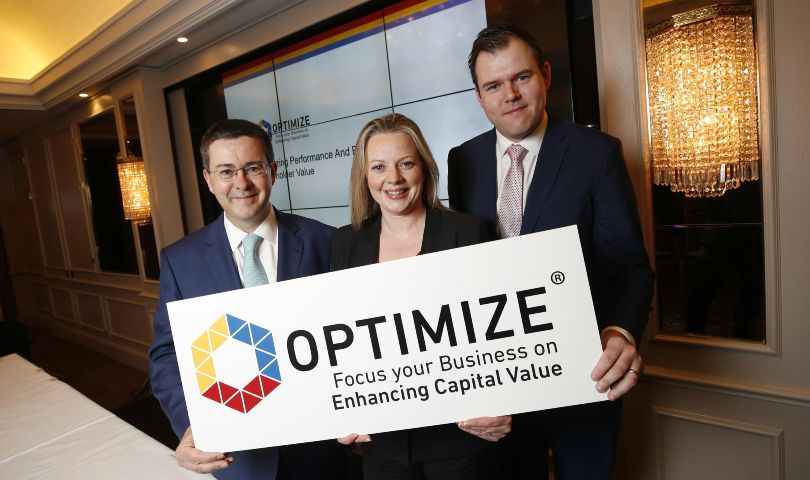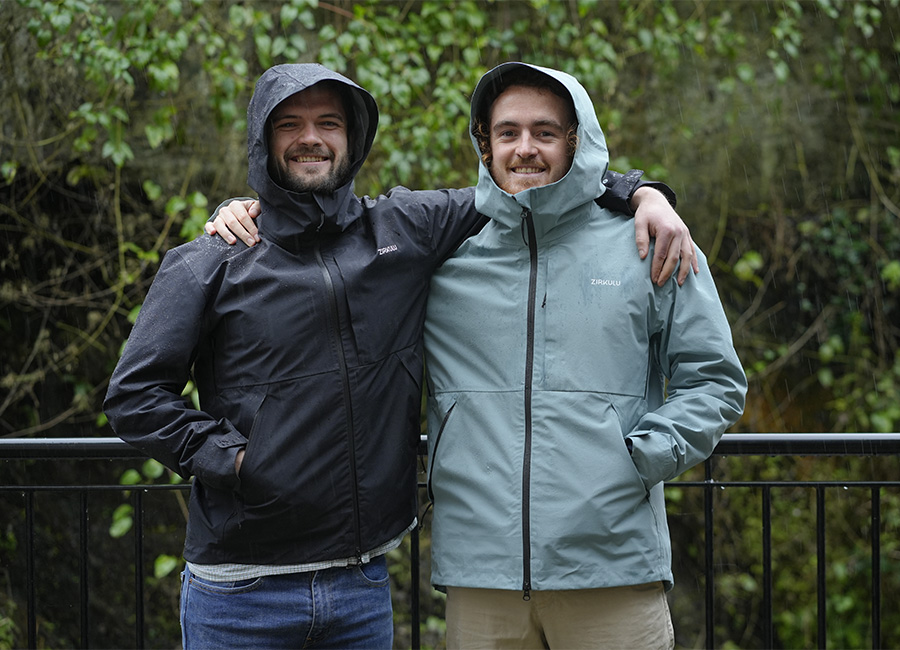Mazars analysed over 72,000 mid-sized businesses (turnover of between €10m and €200m) in the EU over a four-year period. Businesses were split by model and analysed according to four key performance indicators: profitability, return, liquidity, and strength. The best performing 20% are categorised as top tier, the middle 60% represent the middle tier and the weakest 20% are considered the bottom tier.
The results of the study identified a severe lack of liquidity among these organisations. In fact the analysis highlighted that half of mid-sized businesses would have to turn to external sources of funding after just three days, in the event of an unexpected drop-off in trading.
Large firms have tight cash flows
Across all business models, the companies within the bottom tier held an average of under a single day’s cash on hand, and the middle tier fared little better with an average of two days. Even when factoring in the most liquid highest tier, the median time for all 72,000 companies before external funding sources would be required was a meagre 2.5 days. This raises the likelihood of businesses assuming expensive short term finance to cover ongoing liabilities.
The business model matters
The results showed few differences related to the country within which a business operates. Instead, there was a strong and consistent correlation between business model and all measures of business success.
Top tier Intellectual Property owning companies, for example, enjoy profitability of at least 17.8%, whereas equivalent businesses in the Retail and Distribution sector can expect to generate profitability of just 8.7% or more. This suggests that owners and managers who adopt the right business model at the outset, or who position themselves correctly in the market, stand to reap far greater rewards than others.
Managers distracted by the day-to-day
The results of the study are a reflection of the challenges facing most mid-sized businesses in Ireland, and it seems that many of these companies simply aren’t maximising their potential. Day-to-day operations are dominating the management agenda, often leading to the neglect of the long-term drivers of shareholder value.
On a positive note, the study shows that improving the performance and enhancing the value of the business can be within the control of the owners and management. Those who can strike the right balance between driving today’s performance and proactively taking control of the drivers of long term capital value will reap the rewards.
Optimize for the long-term agenda
In order to support mid-sized businesses facing these challenges, Mazars has developed a three-step programme called Optimize. Optimize helps to focus business leaders and management on their long-term agenda, and enable them to assess opportunities, cope with change, improve decision making and align actions with strategic objectives.
At the heart of Optimize is the objective of partnering with our clients to help them enhance shareholder value. The Optimize programme is different as it takes a holistic view of the business and focuses on a gap analysis across the big five drivers of value – the goals and ambitions of the shareholders and management, the market position, how effective are their operations, people and teams and the financial fundamentals.
For further information on the Optimize programme, go to www.mazars.ie/optimize or contact Lorcan Colclough, Head of Entrepreneurial Business Services, Mazars.










